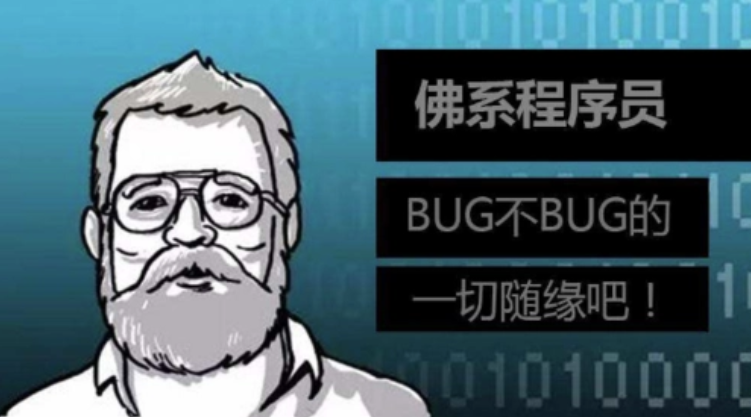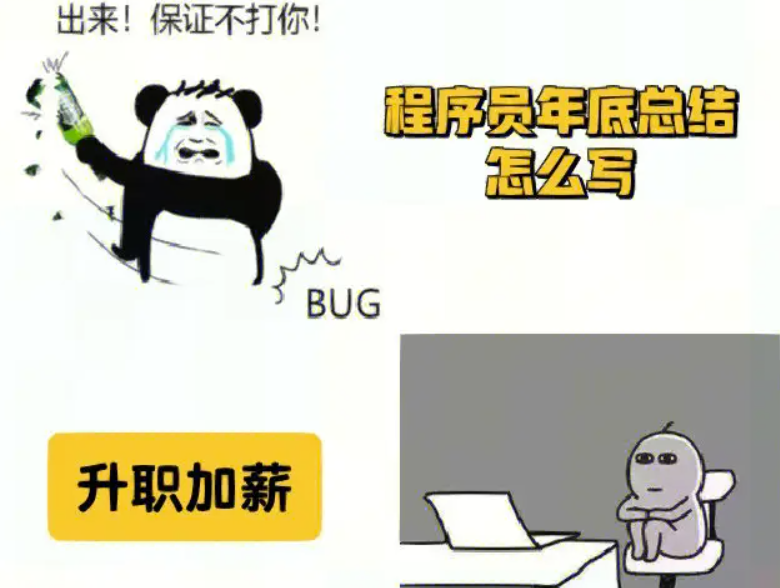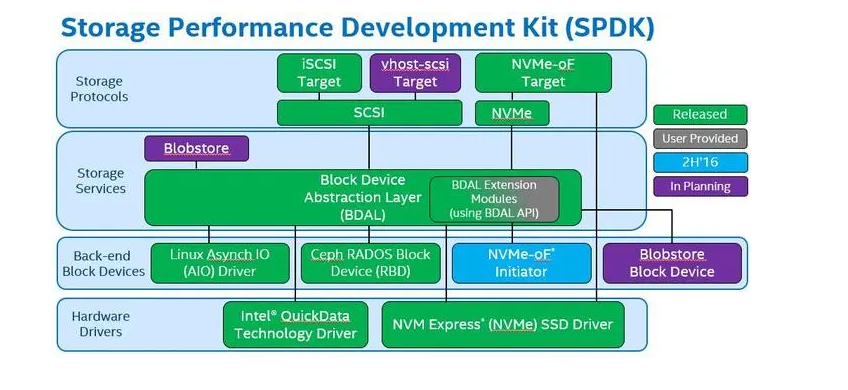UDP (User Datagram Protocol) is a lightweight protocol used for data transmission in IP networks. In embedded systems, the LwIP (light-weight IP) stack is commonly used to implement network protocols such as TCP/IP and UDP.
To use UDP with an STM32F4 microcontroller, you can follow these steps:
Configure your hardware: Connect the STM32F4 microcontroller to an Ethernet PHY chip and connect it to a network switch or router.
Configure the LwIP stack: You need to configure the LwIP stack to enable UDP support. This can be done by modifying the lwipopts.h file in the LwIP source code. Set the LWIP_UDP parameter to 1 to enable UDP support.
Create a UDP socket: To send or receive UDP packets, you need to create a UDP socket. This is done using the udp_new() function provided by the LwIP stack. The function returns a pointer to a new UDP socket that you can use to send or receive packets.
Bind the socket to a port: Once you have created a socket, you need to bind it to a local port. This is done using the udp_bind() function. You can choose any available port number for your application.
Send and receive data: To send data over UDP, you can use the udp_sendto() function. To receive data, you can use the udp_recv() function. Both functions require the UDP socket and the destination/source IP address and port number.
Here’s an example of how to send a UDP packet using the LwIP stack on an STM32F4 microcontroller:
#include "lwip/udp.h"
#define DEST_IP_ADDR "192.168.1.2"
#define DEST_PORT 1234
void send_udp_packet(void)
{
struct udp_pcb *pcb;
err_t err;
ip4_addr_t dest_ip;
char buf[] = "Hello, world!";
// Create a new UDP socket
pcb = udp_new();
// Bind the socket to port 0 (any available port)
udp_bind(pcb, IP_ADDR_ANY, 0);
// Set the destination IP address and port
err = ip4addr_aton(DEST_IP_ADDR, &dest_ip);
if (err != ERR_OK) {
return;
}
// Send the UDP packet
err = udp_sendto(pcb, buf, sizeof(buf), &dest_ip, DEST_PORT);
if (err != ERR_OK) {
return;
}
// Free the UDP socket
udp_remove(pcb);
}
This example creates a new UDP socket, binds it to any available port, sets the destination IP address and port, and sends a “Hello, world!” message over UDP.





















